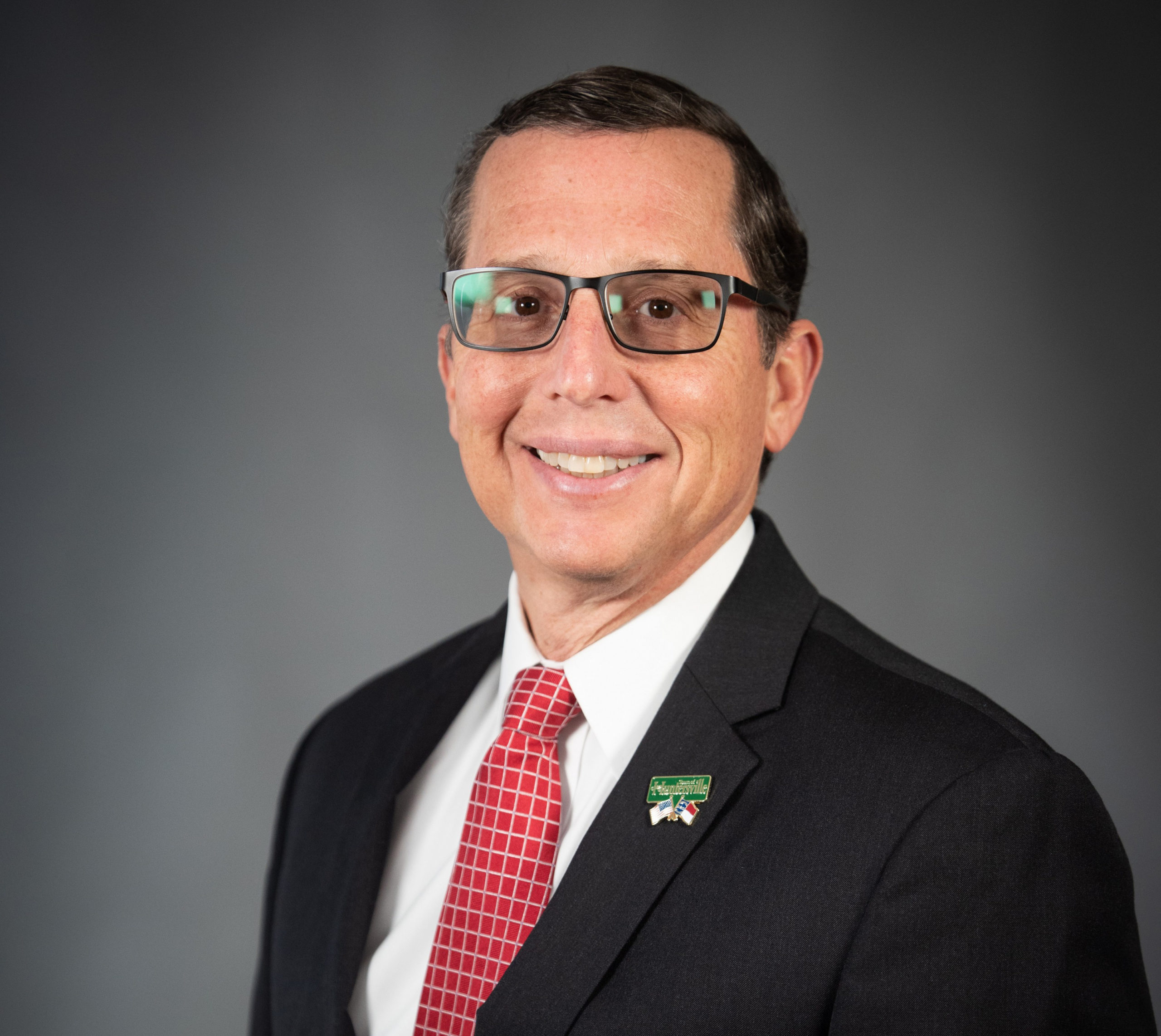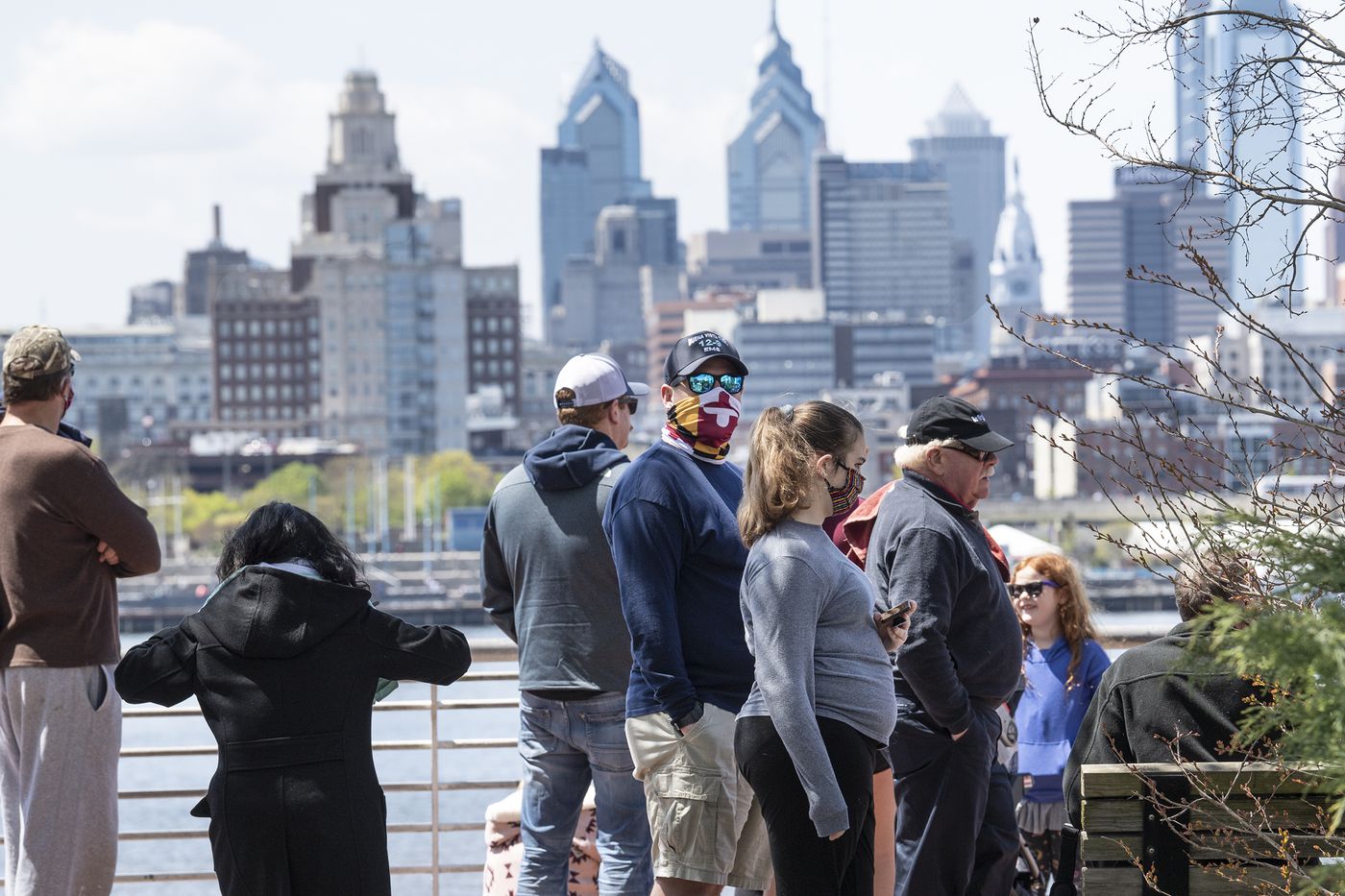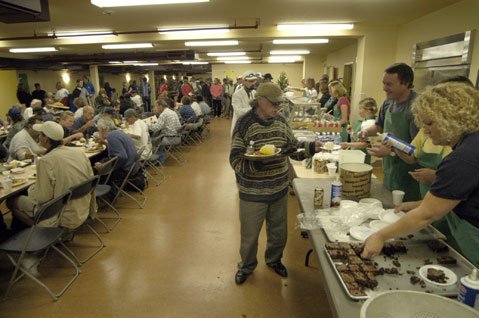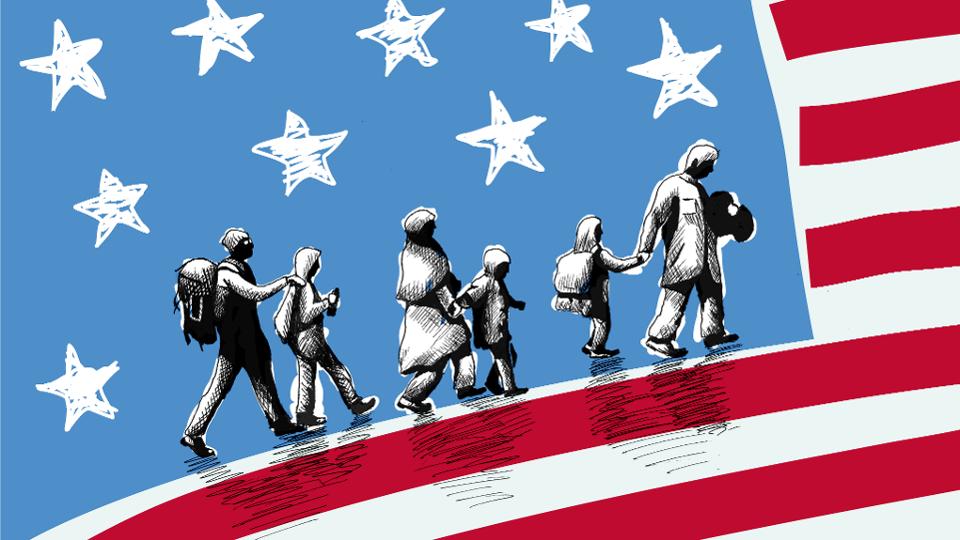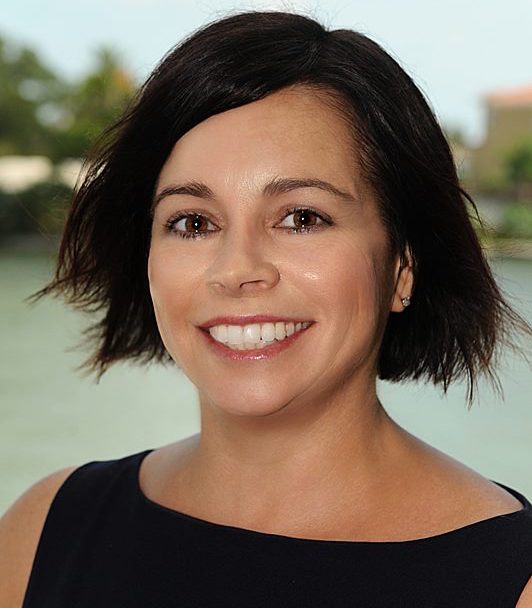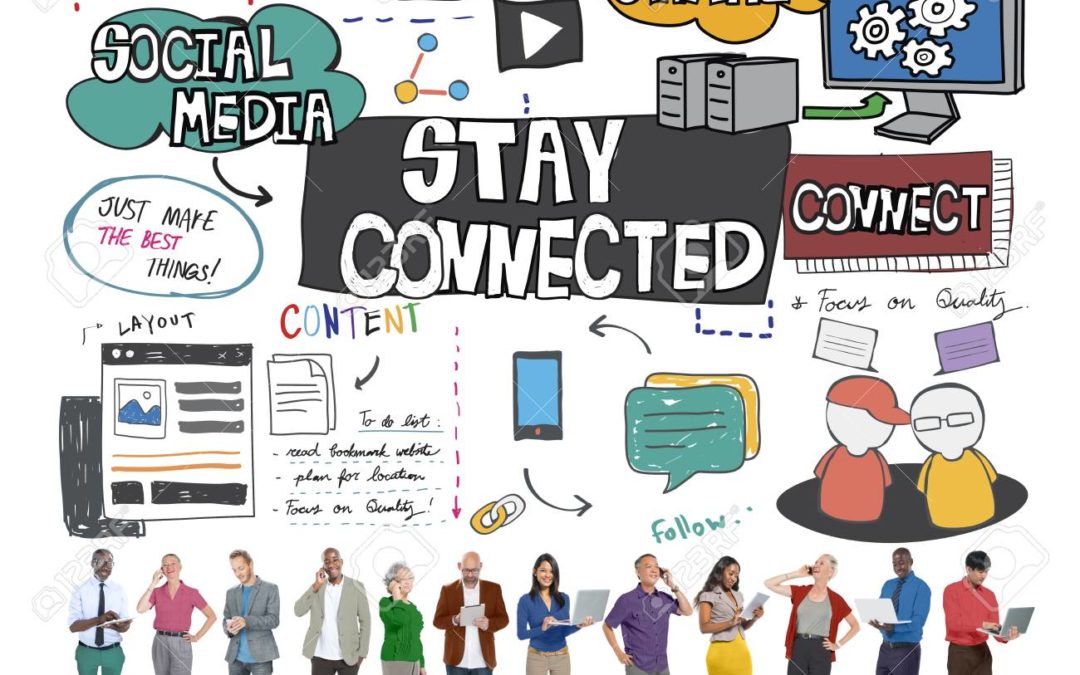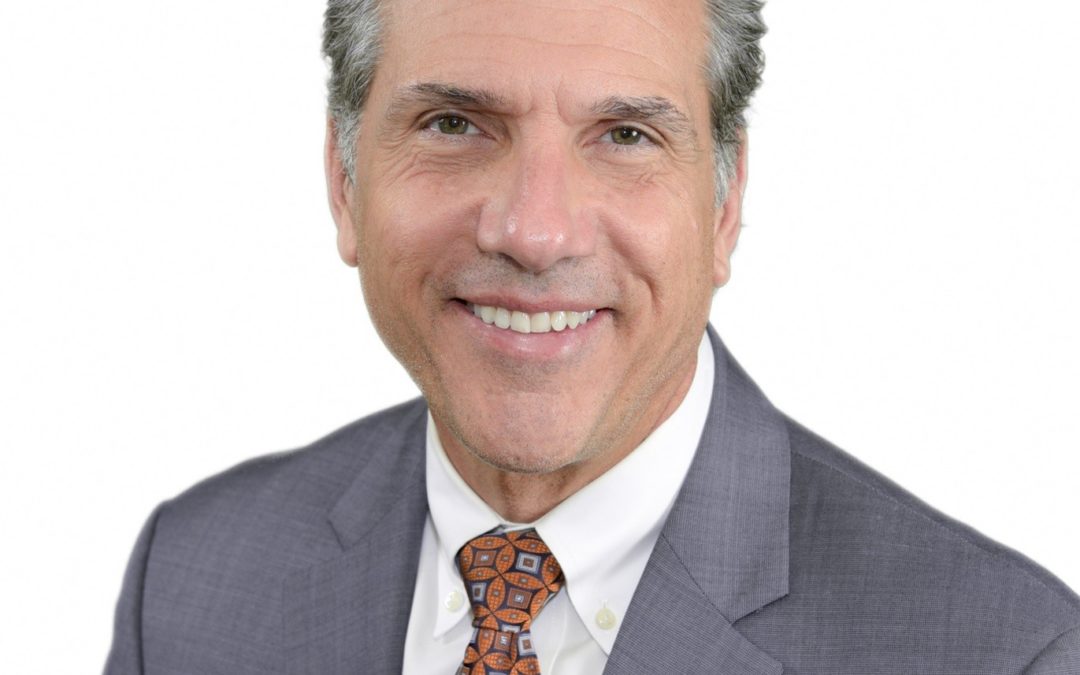
Spotlight On: Michael Simon, Executive Director, Boynton Beach CRA
By: Felipe Rivas
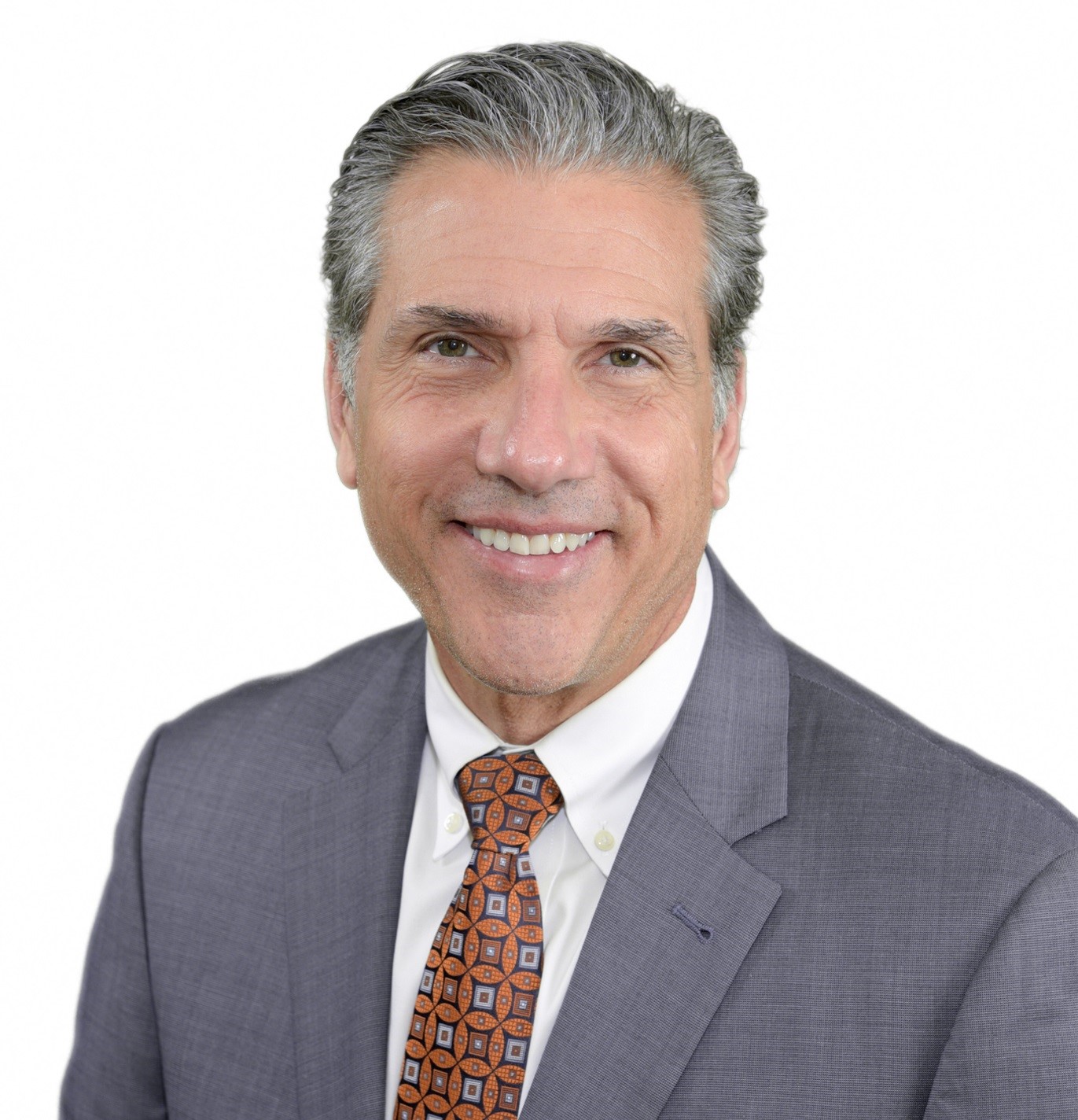
2 min read May 2020—Affordable housing, business and economic development are issues at the heart of every buoyant city. Michael Simon, executive director of the Boynton Beach CRA, goes over the different projects and initiatives in place for the city to continue its growth despite the COVID-19 outbreak.
What is Boynton Beach CRA’s contribution to Palm Beach?
The Boynton Beach CRA is tasked with community development, whether that is in the form of affordable and workforce housing, business and economic development, or physical redevelopment, such as mixed-use projects, streets, parks and sidewalks. For the last 15-plus years, the CRA has been heavily focused on physical and economic redevelopment, as well as affordable housing. That has taken various forms, including business promotion events and assisting with the development of a $70-million, 354-unit mixed-use project with commercial space on Ocean Avenue. Recently, we’ve done a lot on affordable housing. We have 123 units going up that should open toward January 2021. There is another ongoing project with the Centennial Management Corporation for another mixed-use project in the Martin Luther King Jr. Boulevard redevelopment corridor.
Our business development activities have intensified due to the COVID-19 outbreak, but we have always offered commercial improvement grants focused on our businesses and matching grants for façade improvements, interior buildout and rent-reimbursement programs to assist businesses in the first year of their lease. Our matching grants go as far as 50 percent of their lease rent, up to a maximum of $1,750. We pumped several million dollars over the last two years into those programs and have assisted 85 businesses since 2015.
How has the Downtown area benefited from these initiatives?
The CRA district, which extends along the federal highway corridor, lacks the commercial spine that Delray Beach, Lake Worth and West Palm Beach have. Boynton has a small main street called Ocean Avenue that has a mix of existing residential and commercial units. All of the infill redevelopment projects have been focused on the main hub corners. We are focusing our efforts on recreating our Downtown in the sense that people are used to thinking of one.
How have your affordable housing efforts been received?
We have been really blessed on different fronts. First of all, finding the land. The CRA made major land investments in 2005-6, one of which was purchasing 8 acres on North Seacrest Boulevard. That provided an opportunity for single-family and multifamily space. We built 21 homes in partnership with Habitat for Humanity of South Palm Beach County and the Boynton Beach Faith-based CDC on half of those acres. Affordable multifamily rental apartments are being built on the remaining 4 acres. Like most towns, we have a higher need for affordable rentals and ownership properties. We showed creativity in those projects as we distanced from the usual use of down payment funding, resorting to land acquisition instead and turning it over as the subsidy to the nonprofit developer to build the housing. The rental side is a difficult market to get into for affordable builders. It is hard for them to find financing.
What local partnerships have you put in place to meet your objectives?
We have a good relationship with CareerSource of Palm Beach County. We have relied on them during our job fairs and to assist with our placements. They are a big player in Palm Beach County and the Business Development Board has an excellent relationship with them as well. South Tech, an academic institution, provides marine technology degrees and certifications, as well as for plumbing, automotive and electrical. We are looking to partner with them more in the future through their relationship with the city and feed those graduates and school alumni into these larger construction projects within the CRA district.
How has the CRA reacted to the COVID-19 landscape?
The CRA took immediate action just prior to the shutdown and remains active during the pandemic. We are reaching out personally to our grant recipients and local businesses to maintain a line of communication as the economic activity reopens to remain attentive to their needs, address their fears and assist them in any way possible. We designed and implemented a Small Business Disaster Relief Forgivable Loan program, totaling $500,000 for maximum loans of $10,000 each. If the loan is spent on eligible payroll, utilities and inventory for their business within one year of the loan date, we can turn the forgivable loan into a grant, provided the required justifying documentation is presented. We released the funding on April 23 and by April 24, we received about 100 applications and issued the funds in less than a week.
To learn more, visit: https://www.catchboynton.com/




